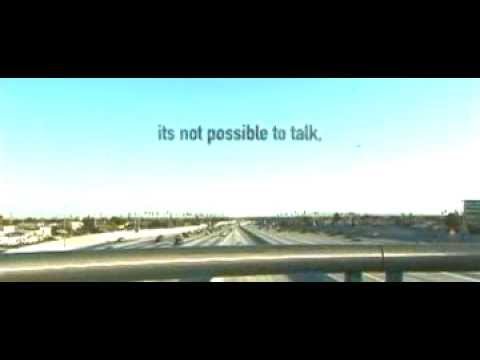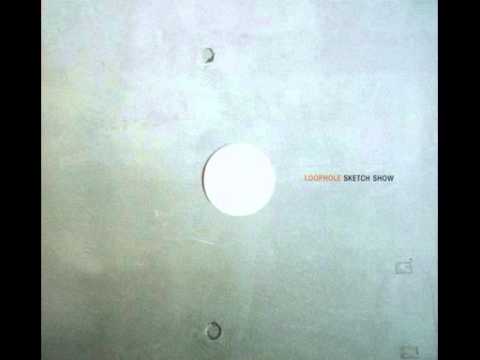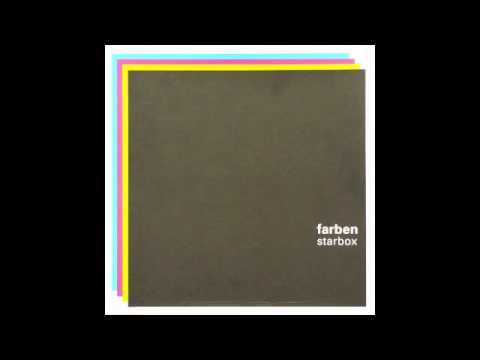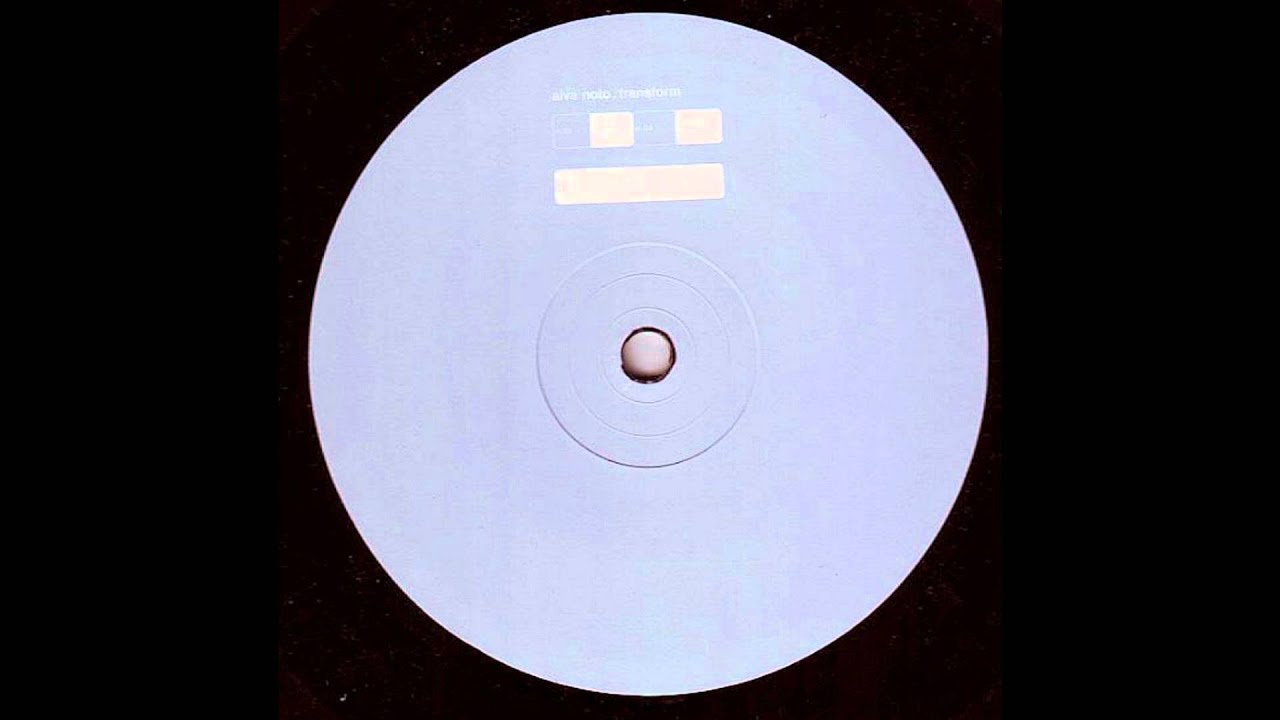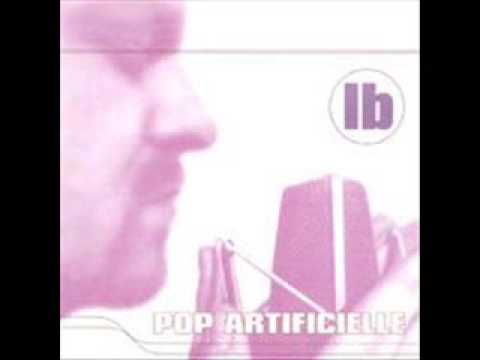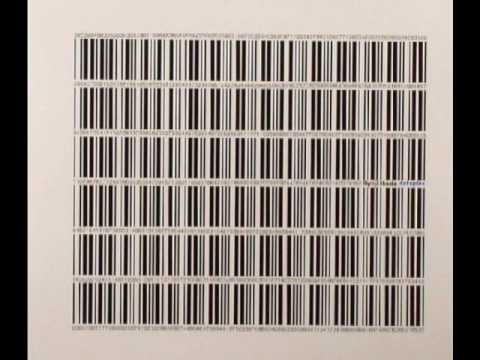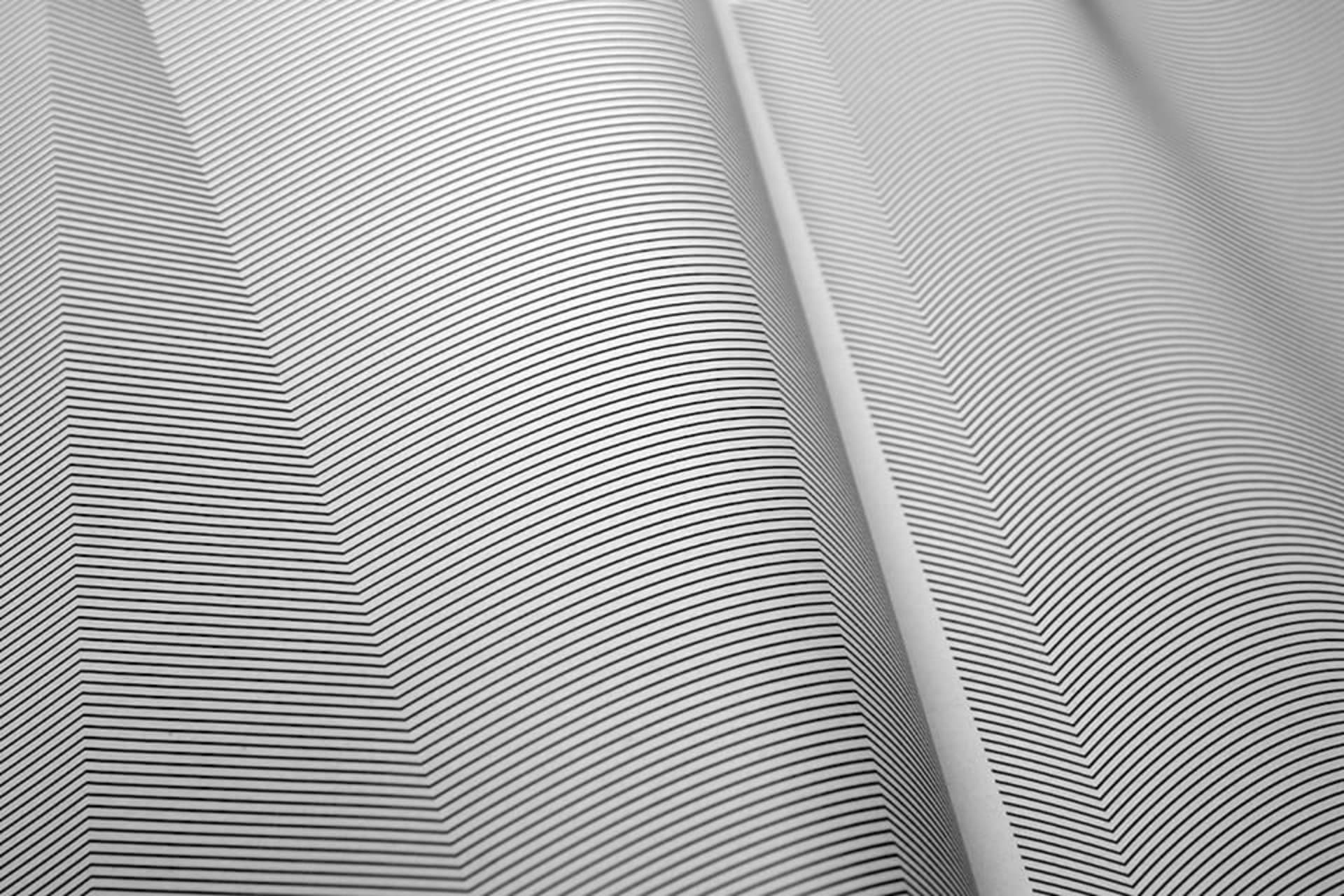
Turn On To Glitch With 10 Underrated Clicks & Cuts Classics
The thing about “clicks and cuts” is that it never really existed as a genre; it was a marketing term that described works by artists who became bored with digital perfection. These musicians used bits of distortion, random noises, popping clicks and other sonic errors as a way to create electronic dance music, minus the dance. The results ranged from gentle electronica to rather stern sound art, from hip hop-infused beat science to washed-out ambient endlessness, from proper pop tunes to the beginnings of micro house. The omnipresent sharp-sounding clicks tie everything together with a futuristic pulse that’s only possible in the digital realm.
Click and cuts turned into an international phenomenon thanks to a string of albums and compilations released on Achim Szepanski’s Mille Plateaux label. Some called it the future; some called it glitch; others despised it as “gallery techno.” What it really was, though, was a sign of the times. By the early ‘00s digital technology had become so pervasive that artists stopped marveling at it and began to work on hacking it. The following tunes are some of the essential results from their efforts.
SHUTTLE358, “FRAME” (12K 2000)
Dan Abrams’ “Frame” is a long-forgotten masterpiece of elegance. Its crisp-yet-gentle drones, moody chord movements and bottom-heavy percussive sounds seem to freeze time and space. The original CD came with a music video shot by Abrams himself. Following this work, Shuttle358 released subsequent albums on Mille Plateaux and 12K. The project was put on hold for 11 years until 2015 when he revived it to release “Can You Prove I Was Born” on 12K.
SND, “Tplay 2” (SND 1998)
Hailing from Sheffield, Mark Fell and Mat Steel created quite a buzz in the late ‘90s when their self-published first releases began to pop up in record stores around the world. Housed in plain cardboard sleeves with minimalist geometric patterns printed on the labels, their records featured a mathematical visual tone that was echoed in the music. SND referenced the rich dance music heritage of their hometown, but they sounded like they’d swapped their drum machines out for pocket calculators—an approach that still sounds unique to this very day. Tplay was the duo’s first EP. Originally released in 1998, it received a long-overdue reissue treatment via a double vinyl pressing in 2014.
Sketch Show, “Chronograph” (Third Ear Recordings 2004)
Haruomi Hosono and Yukihiro Takahashi are electronic music legends. Hosono founded Yellow Magic Orchestra and quickly recruited both Takahashi and Ryuichi Sakamoto to transform his solo project into a complete band. From 2002 to 2004, Hosono and Takahashi released three albums as Sketch Show that merged YMO’s experimental pop heritage with a more modern sonic approach. “Chronograph“ is a great example of how clicks and cuts’ influence quickly trickled into more established musical genres.
Farben, “Live At The Sahara Tahoe, 1973” (Klang Elektronik 1999)
No matter whether as Farben, Gramm or later under his own name, Jan Jelinek produced a ton of great tracks. For the Farben project, he focused on samples taken from soul records and processed them in a way to both disguise them and contextualize them for the dance floor. He utilized an Ensoniq hardware sampler that had a unique feature that allowed it to create various micro loops from within one longer sample. Farben’s music was strangely alive and astonishingly vibrant.
Alva Noto, “m 03” (Mille Plateaux 2001)
Hailing from Karl-Marx-Stadt in east Germany, the audio-visual artist Carsten Nicolai is one of the key figures of the clicks and cuts movement. His music utilizes an extreme frequency range that can be difficult for many sound systems to reproduce. Because of the wide dynamic range of his music, it was once considered impossible for his works to be cut to vinyl. When it was pressed to vinyl, the cut alone looked like a work of art in its own right. “m 03” is taken off Nicolai’s third album, Transform. He co-runs the raster-noton label, has collaborated with Ryuichi Sakamoto, Einstürzende Neubauten’s Blixa Bargeld, Ryoji Ikeda and is a member of Diamond Version.
AOKI Takamasa, “Superstrings 76” (PROGRESSIVE FOrM 2004)
Without an immense amount of Japanese research and development, digital technology would have never permeated our lives as deeply as it did. Inventions are only useful if accessible to the whole world and by mass-producing the relevant components, Japanese companies made sure of exactly that. Enter Aoki Takamasa, an Osaka-born musician whose only instrument was an Apple PowerBook. He may be one of the only truly Kraftwerk-inspired man machines. Precisely engineered throughout, “Superstrings 76” is taken from his critically acclaimed album Simply Funk.
Oval, “AllesinGedanken” (Ata Tak 1994)
Before click and cuts, there was Oval, a group founded in 1991 by Markus Popp, Sebastian Oschatz and Frank Metzger. Similar to John Cage’s prepared piano pieces, Popp would treat CDs with scissors and knives to create digital errors, skipping sounds and randomly generated loops. “AllesInGedanken” comes from the first Oval album, Wohnton, and it works like a prototype for the genre. It bridges traditional songwriting with the possibilities of digital technology: clicks, glitches and errors are the basis for one of the most wonderful moments in early ‘90s pop music.
Lassigue Bendthaus, “Angie (Miniature Numerique)” (KK 1998)
Though Uwe Schmidt (aka Atom TM) would probably laugh at the idea of being included on a clicks and cuts list, his Pop Artificielle album is a prime example of the style’s hallmarks. Intentionally or unintentionally, this collection of pop covers—David Bowie, John Lennon, James Brown and The Rolling Stones are all included—is a blueprint for everything clicks and cuts would later become. Schmidt dissected his sound samples down to their DNA and then carefully reconstructed them from microscopic bits and pieces to create a distant yet engaging musical vision. Artificial, indeed.
Andreas Tilliander, “Untitled” (Mille Plateaux 2001)
Andreas Tilliander reelased a collection of untitled tracks under his given name a year after he made his debut on raster-noton in 2000. This tune still shines to this date. Its deep and throbbing minimal bass tones and endlessly filtered percussion set a stage for its strangely melancholic echo of melody. Tilliander still releases music under various monikers today, and is currently busy with his TM404 project.
Ryoji Ikeda, “data.matrix” (raster-noton 2005)
One might very well call Ikeda the godfather of sound art. He uses sound in its purest possible form, and every tone and noise tells its own story. “data.matrix” assembles all of his strengths into one track. It collects his love of high-voltage rhythms, powerful oscillators and moody drones. It’s almost a bit too full-on for someone who usually relies on effective yet minimal structures.
Published August 17, 2016.

